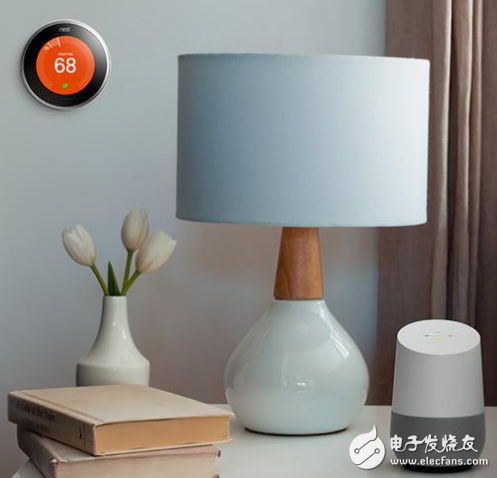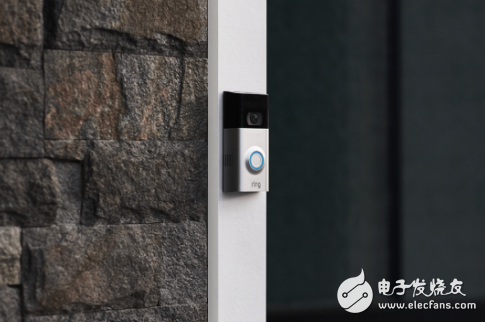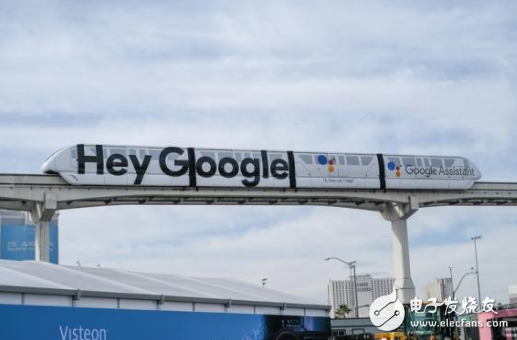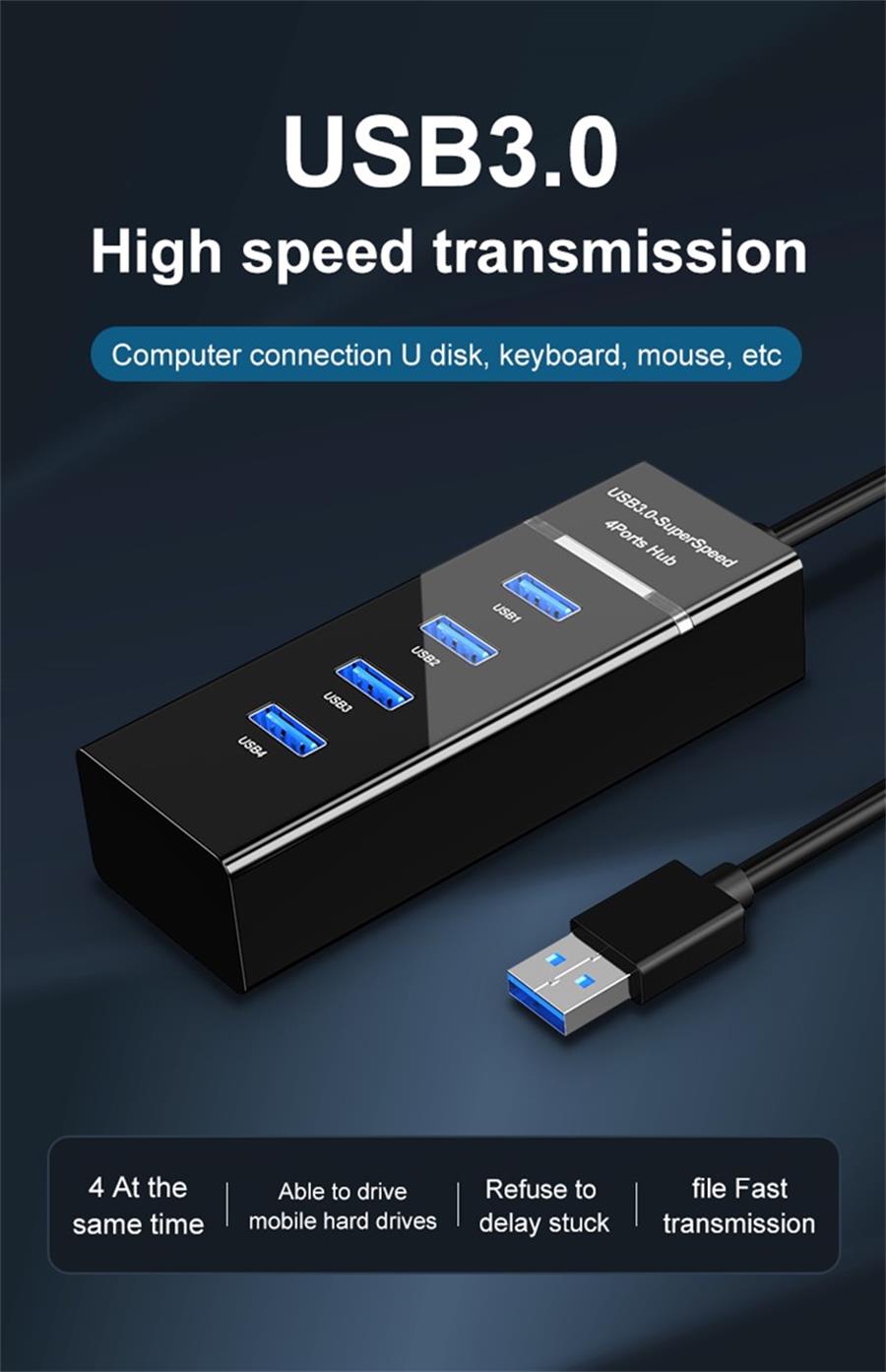In the past year, smart speakers equipped with voice technology have been successful in the U.S. market. Amazon and Google are particularly prominent. Amazon’s smart speakers have sold more than 10 million units, and Google’s smart speakers have shipped more than 6 million units. The two have almost monopolized the U.S. The pattern of smart speakers, although Microsoft and Apple have launched their own smart speaker products, they have little impact on this market.

Now, entering 2018, as a smart home with a market size of several trillions, earlier market research company Juniper data showed that the market size will reach 195 billion U.S. dollars (about 123 million yuan) by 2021.
The giants are competing for the layout of the huge cake. This year, the giants are facing more fierce competition for the home entrance, and the core is no longer centered on voice technology and smart speakers. A hardware battle covering home automation will become the focus of this year. Among them, Amazon and Google made aggressive acquisitions to enhance the competitiveness of smart homes. Amazon acquired Ring for US$1.1 billion as a manufacturer of video doorbells. Its products are mainly video cameras, doorbells and other smart home technologies, and it is facing Google's smart home hardware manufacturers. Nest and even the Amazon platform will suspend the sale of Nest products, playing a ban on competitors.

For Google, Nest, which was acquired for $3.2 billion in the past, integrated Nest and merged with the smart speaker department in order to collaborate with smart speakers and other hardware. At the same time, the Nest Hello video doorbell and the Nest X Yale smart door lock were launched. A new wave of smart hardware products were launched to improve Nest’s competitiveness in the smart home market and took the lead in launching a price war. Its temperature sensor only costs 39 US dollars. It can be used in conjunction with the Nest Learning Thermostat to form a frontal confrontation with Amazon.
At the same time, Google also invested $56 million in an artificial intelligence hardware company SambaNova, a startup company that provides computer processors and software for artificial intelligence and data analysis.
Thanks to the application of AI technology in various industries, Amazon Alexa and Google's Google Assistant have become the world's most popular voice assistants, and more and more smart hardware products have built-in voice technology.
Amazon has established the Alexa voice ecological chain. At the same time, around the Alexa ecology, the establishment of the Alexa Fund and the accelerator Alexa Accelerator can see Amazon’s ambitions in smart homes. Today, Alexa has more than 30,000 functions and can control more than 4,000. Smart devices, successfully stuck at the entrance of smart homes, and become the industry's vane.

Of course, Google is not divided into categories. The shipments of devices supporting Google’s voice assistant have exceeded 400 million, as well as smart devices including Google Home. Up to now, Google has taken the core position of the mobile Internet with its Android system, and AI Technology applications are also at the forefront of the world, leading the development of artificial intelligence technology. Especially as an opener, Google Assistant voice assistant is ubiquitous. It not only needs to be a good housekeeper, but also undertakes the landing of scenes that are closely related to life.
The Google Assistant built by Google on smartphones and other mobile smart devices is the core of the huge ecosystem, which other manufacturers can’t compare. From system software to smart hardware, AI technology is embedded in order to make AI ubiquitous.
USB3.0 provides a standard interface for all kinds of devices that are connected to PCS or audio/high-frequency devices.The theoretical transmission speed is up to 5Gbps. HUB is commonly known as a hub, which is used to connect multiple computers or network devices in a network using a star topology. The USB 3.0 Hubs is an upgrade of the USB 2.0 Hubs. The transmission rate of the USB2.0 is 480Mbps, and the transmission rate of the USB3.0 is 5Gbps. The maximum transmission speed is 10 times that of the USB2.0, and the transmission speed is faster.
The USB 3.0 hub provides a quick and easy way to connect all the peripherals you use on your desktop. You can connect 2 external monitors, gigabit Ethernet ports, headphones/speakers, USB printers and scanners, keyboards, mice and other peripherals with a single USB 3.0 cable to your computer for up to 5Gbit/s external storage access (10 times faster than USB 2.0). USB HUBS can do split, but not evenly. If, as the subject says, you only have two devices, and the two devices are transmitting at the same time and taking up as much bandwidth as possible, then you end up with two devices each taking up 50% of the bandwidth. Due to the fast theoretical speed of USB3.0, even if divided into four parts, the theoretical bandwidth of each port is still as high as 1Gbps, and the number of converted bytes is close to 100MB/s, which is still a very high bandwidth.

Usb 3.0 Hubs,Wireless Usb Hub,Usb C Hub For Desktop,All In One Usb C Hub
Henan Yijiao Trading Co., Ltd , https://www.yjusbcable.com